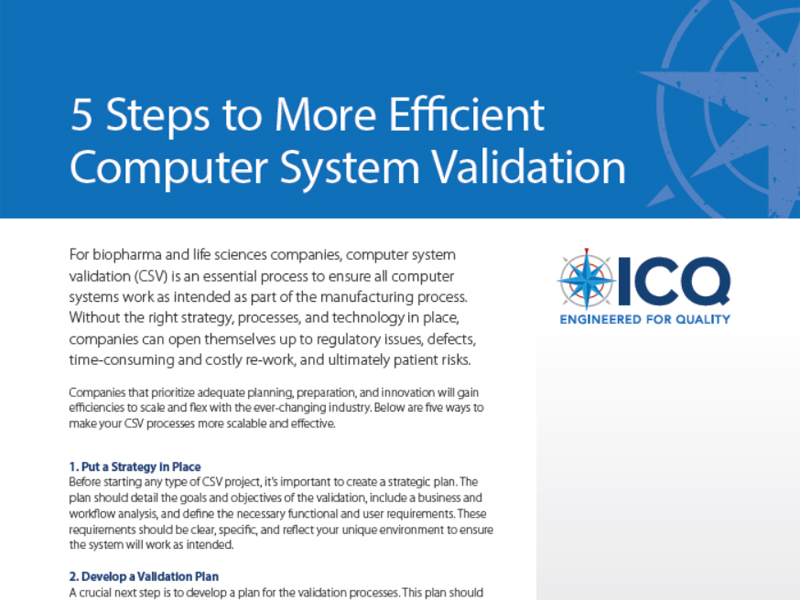Executive Briefs
1. Put a Strategy in Place
Before starting any type of CSV project, it’s important to create a strategic plan. The plan should detail the goals and objectives of the validation, include a business and workflow analysis, and define the necessary functional and user requirements. These requirements should be clear, specific, and reflect your unique environment to ensure the system will work as intended.



